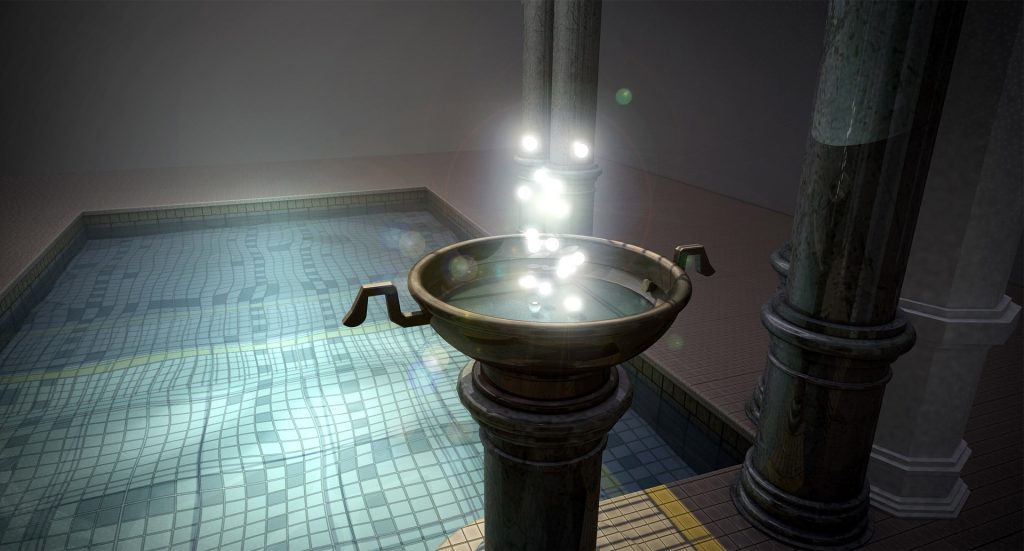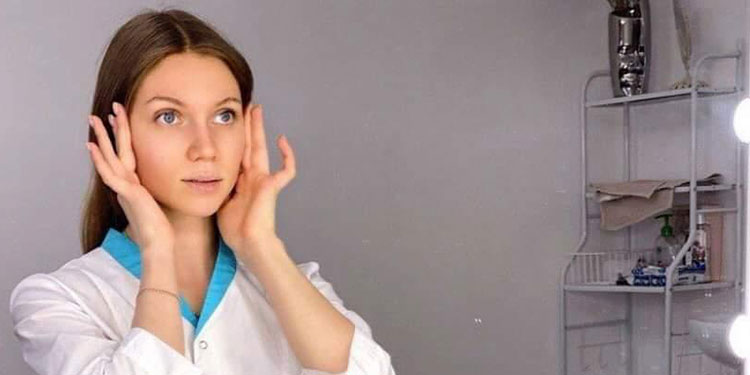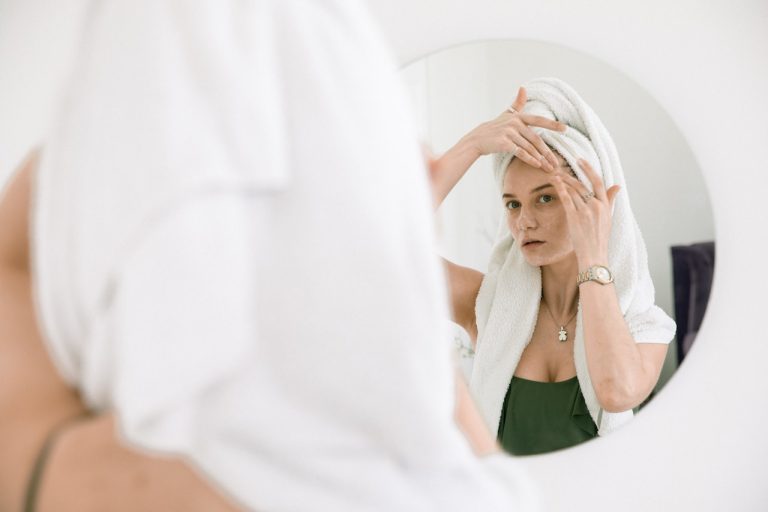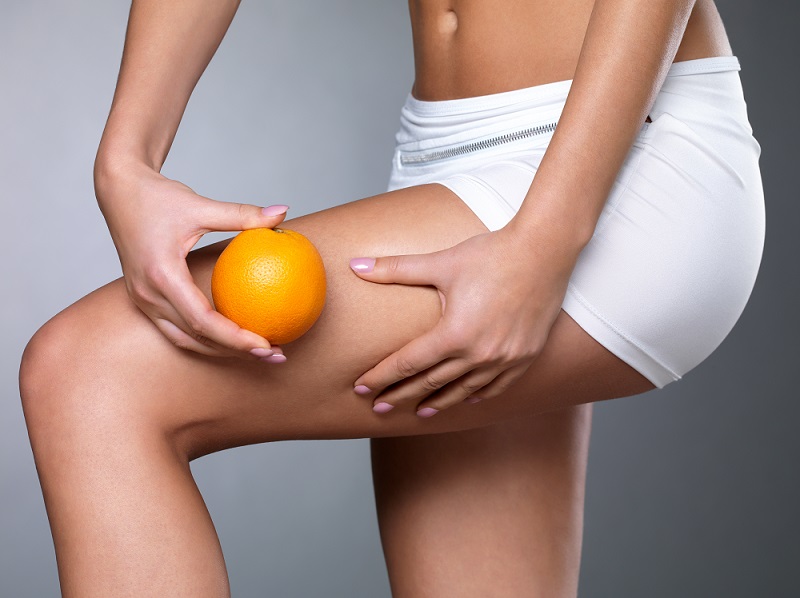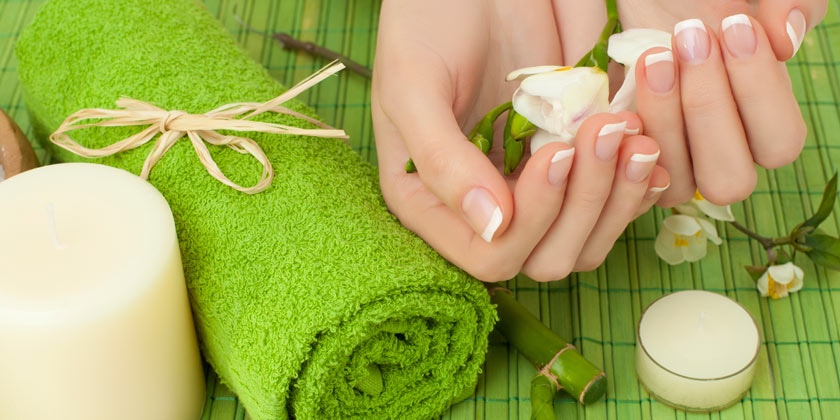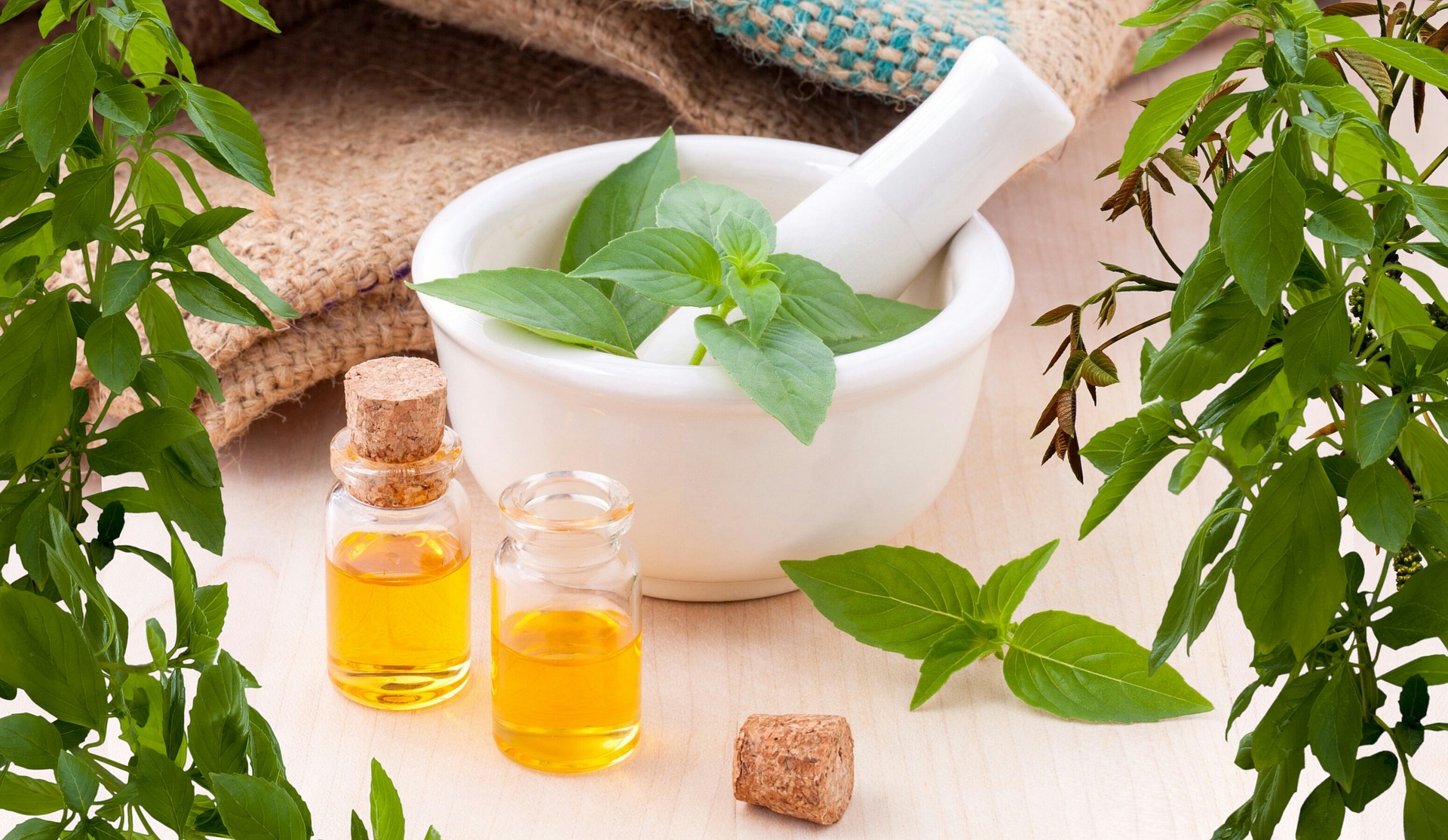Hydrothermal therapy has benefited mankind for centuries. It has been called by different names: Roman therma, Finnish sauna, Turkish hamam, Russian bath. Regardless of the name, every culture understood the beneficial effects of the combination of water and heat. Improving blood circulation, benefits to the cardiovascular system, getting rid of pain and normalizing blood pressure. Additional benefits appear if you add cold to the combination of water and heat. Contrast therapy gives the body benefits that are difficult to achieve in any other way.
The advantage of a wellness center is that it does not require much effort to improve your health, and for most procedures you do not even need the help of a doctor. The Global Wellness Institute notes the increasing global popularity of hydrothermal centers, and highlights six trends for 2019.
- Salt isn’t just for decoration
In our opinion, spas are beginning to rate the health benefits of salt higher than its aesthetic qualities. In recent years, no major sauna design project has gone without eye-catching blocks of Himalayan salt. Illuminated blocks of orange and pink are great to look at, but unfortunately, the health benefits aren’t.
We expect spas to start investing not only in decorations, but also in specialized equipment. For example, dry salt distribution systems such as halogenators or equipment that sprays salt in the form of an aqueous solution.
Salt is good for the respiratory organs. Studies have found that it can even relieve asthma symptoms. In addition, salt promotes skin health by helping with acne or eczema.
- The revival of Kneipp therapy
Kneipp therapy, named for the 19th-century Bavarian priest who discovered the benefits of contrast therapy. Historians claim that he was able to cure his own tuberculosis with it.
Kneipp’s paths or ponds are the most popular method of this therapy. Visitors pass through tanks filled with hot and cold water alternately. This treatment stimulates blood circulation. Since this therapy does not require the help of a specialist, Kneipp therapy is growing in popularity in Europe and America.
- Some like it colder
The importance of cooling down after using a sauna, steam room or hot pool is becoming increasingly apparent to spa owners. Studies confirm the benefits of contrast therapy. There is increasing interest on the part of visitors in treatments such as: snow rooms, ice showers and cooling pools.
The manufacturers of sanitary ware such as Dornbracht and Hansgrohe are launching special showers and waterfalls that are especially designed for use in spas.
- Collaborative baths in the United States.
Commonly used in Europe, collaborative baths were until recently something unimaginable for the U.S. After years of resistance, they have begun to appear in America. Privacy issues have been solved by installing separate rooms in the locker rooms. Spas are becoming a place not only for treatments, but also for socializing.
The popularity of the trend in the United States is due to the fact that members of the younger generation are looking for new ways to enjoy a pleasant and useful leisure time. Obviously, the combination of spa treatments and communication is much more fun than traditional sex-segregated baths. The most notable examples are: Faena Hotel in Miami and the spa at 111 Murray Street in New York City.
- The new wave of flotation therapy
In the ’90s, flotation therapy seemed to have a great future, but it never really “took off.” Now, any major hydrothermal project involves flotation units. From fully enclosed pods, to outdoor pools for those who are claustrophobic. Another variety is large-scale projects that combine elements of flotation, light and music therapy.
The other side of this trend is the resurgence of Watsu baths, for special treatments conducted under the supervision of a doctor. A possible reason for its popularity, especially among the younger generation, is the dramatic reduction of anxiety levels already after an hour of therapy in the floatarium.
The H2Oasis Float Center and Tea House in Tulsa, Oklahoma are interesting examples of combining a tea ceremony, oxygen therapy and a floatarium in one place.
- Home Spa
As time goes on, it’s getting cheaper and cheaper to set up a sauna or steam room in your home. Consequently, there are more and more such houses and apartments. Not only the cost is decreasing, the equipment is becoming more compact. Now it can be placed even in a small area.
The trend is noticeable not only in private homes, but also in apartment buildings in the U.S. Developers are adding baths and saunas to their projects. In the past, having a fitness center and pool in the house was a significant advantage. Now, a spa has been added to the mix.


